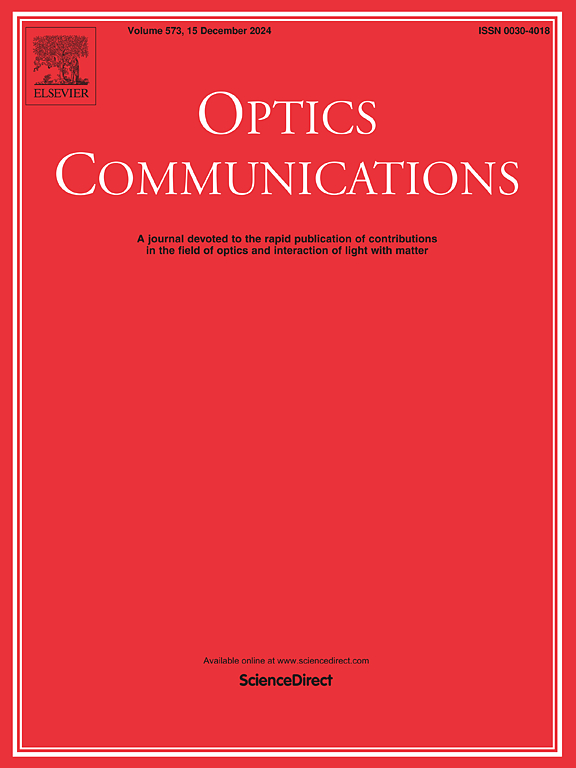The mechanisms of particulates sprayed by optical components under intense laser irradiation on the damage performance of dielectric films
IF 2.2
3区 物理与天体物理
Q2 OPTICS
引用次数: 0
Abstract
In high-power laser facilities, the particulate contaminants originating from damaged optical components play a pivotal role in degrading the laser-induced damage performance of other components. In this study, our attention was centered on high reflectance multilayer HfO₂/SiO₂ dielectric film components. We delved deep into the mechanisms underlying particulate generation and deposition during the damage process and probed into how these particulate contaminants lead to performance degradation of the components. Firstly, we created damage to generate particulates in a sealed environment to investigate the rules of particulates generation and deposition. Then measured the laser induced damage threshold and the morphology of contaminated dielectric film, the laser induced damage threshold decreased by approximately 63.6%–83.5% and the damage morphology varied. We elucidated the modulation mechanisms of particulate contaminants parameters (composition, size, light transmission performance) on the electric field and light intensity by the utilization of multi-physics field simulations, particulate contaminants increased both the peak and range of the electric field/light field around the component during the fundamental frequency laser irradiation. The research results provided a research foundation for inhibiting particulate contaminants generation and removing surface contaminants from optical components in high-power laser facilities.
求助全文
约1分钟内获得全文
求助全文
来源期刊

Optics Communications
物理-光学
CiteScore
5.10
自引率
8.30%
发文量
681
审稿时长
38 days
期刊介绍:
Optics Communications invites original and timely contributions containing new results in various fields of optics and photonics. The journal considers theoretical and experimental research in areas ranging from the fundamental properties of light to technological applications. Topics covered include classical and quantum optics, optical physics and light-matter interactions, lasers, imaging, guided-wave optics and optical information processing. Manuscripts should offer clear evidence of novelty and significance. Papers concentrating on mathematical and computational issues, with limited connection to optics, are not suitable for publication in the Journal. Similarly, small technical advances, or papers concerned only with engineering applications or issues of materials science fall outside the journal scope.
 求助内容:
求助内容: 应助结果提醒方式:
应助结果提醒方式:


